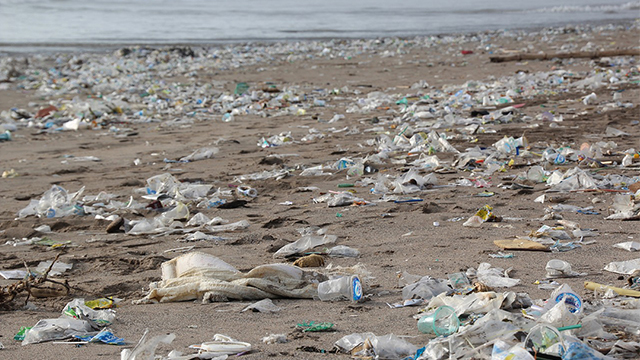Jakarta (Greeners) – Jenna Jambeck published a research back in 2015 on Indonesia’s use of small plastic packaging, or sachet, revealing that low-middle class people consume these packaging resulting to pilling up waste in coastal areas.
READ ALSO: Minister Luhut: Marine Waste and Illegal Fishing, Major Marine Issue in Indonesia
The issue is being complicated as there are no other alternative besides plastic. Consumers, she added, must be aware in using plastic; one is to stop using sachet or disposable packaging.
“Plastic waste and small plastic packaging pile up at landfills have big potentials to end up in coastal areas even swept to the oceans,” she said as quoted from press release, in Jakarta, on Wednesday (14/6).
Dwi Sawung of Indonesian Forum for the Environment or Walhi, said that marine waste would not be solve in the ocean but from its source, the lands.
As long as no integrated waste management from cities and districts, said Sawung, these wastes will not be handled.
From producers’ side, he added, there should also significant improvement on how to use plastic.
“If people are trying to reduce their waste then it will reduce plastic waste volume,” he added.
READ ALSO: Finland Offers Waste To Energy Technology Partnership
Furthermore, he said that business people, sanitary officials, academicians and government must be integrated in reducing plastic waste. Each role must provide solution and better to be equipped with education. So, that all layers of society can understand on plastic waste issues and the solutions.
Meanwhile, Indonesia’s Plastic Diet Movement Coordinator, Rahyang Nusantara, said that government was slow in issuing plastic regulation under Paid Plastic Ministerial Regulation.
Nusantara said that it was already a year and people needed certainty on the regulation.
“With Rp200 only, we can reduce plastic consumption up to 55 percent. We are still waiting for the clarity of the regulation to be able to tackle this plastic waste issue,” he said.
Reports by Danny Kosasih



















































